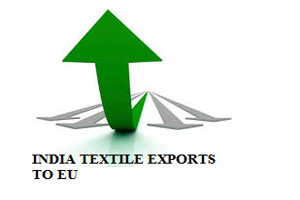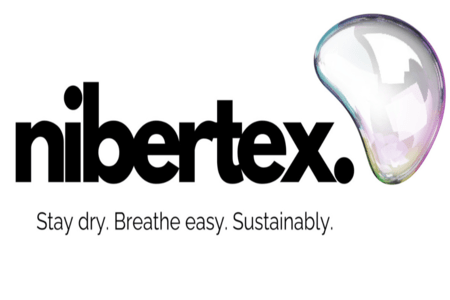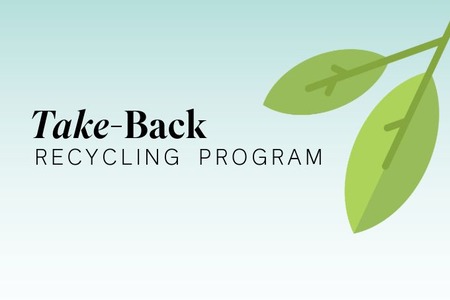
Pakistan experts worried over growth in textile to EU by Indian exporters without GSP status
YarnsandFibers News Bureau 2014-07-02 10:30:00 – LahorePakistan although granted with GSP Plus status has shown less increase in exports than non-GSP Plus India is not a good portent for Pakistan. India having graduated out of even GSP status that provides some relief in duties than the normal EU tariff as yet show remarkable growth in value-added exports to the EU in the first three months of 2014, said Pakistani experts concerned over Indian growth in textile exports to EU.
Experts are of the view that, India targeted the same low value-added garment market that Pakistan is aiming to capture. The Indian exporters were facilitated by their government that increased export rebates on all garments significantly after Pakistan was granted GSP Plus status.
India’s extraordinary surge in exports reveals the preparedness of the Indians to deal with the GSP Plus advantage of Pakistan and the non-professional approach of Pakistan’s private sector and the state machinery dealing with textiles, say experts.
Pakistan did benefit from GSP Plus huge duty concession in the first three months of this year with quantitative export growth of 28 percent in knitted garments and 29 percent in woven garments after obtaining the GSP Plus status in January, according to the data retrieved from EUROSTAT and Emerging Textiles.
Indian knitted garment exports registered a quantitative increase of 25 percent, while its woven garment exports increased by whooping 50 percent in quantity after Pakistan got the GSP Plus status. Bangladesh that was already ahead of both India and Pakistan in the value-added exports to EU increased its knitted garment exports by 23 percent, while its woven garment exports declined by six percent in quantity.
The momentum in the value-added apparel is still on, as knitwear exports though substantially reduced as in quantity terms knitwear exports increased by 57.8 percent but value-wise the increase was only 17.64 percent.
In woven garment, the quantity-wise increase registered in May was 30.53 percent but in value terms it was reduced to only 12.33 percent. The exports in value increased above the exports in quantity in the first quarter of 2014.
However, the statistics clearly indicate that India penetrated into the EU textile market in low-end apparel by compromising their rates. Against 28 percent quantitative increase by Pakistan in knitted garments the increase in value was 40 percent.
In woven garments, the value increased to 30 percent against the quantitative increase of 29 percent.
In knitted garments Indian exports in both value and quantity were the same at 25 percent, while in woven garments against a quantitative increase of 50 percent the increase in value was only six percent.
The Bangladeshis lost woven garment market both to Pakistan and India but against quantity loss of six percent it increased woven garment exports by 15 percent, which indicates that they have now gone for higher value added apparel exports. While the country despite zero rating underperformed in the value-added exports against India whose exports are subject to high duties; the basic textile sector of Pakistan has almost caved in.
The yarn exports have declined both in terms of quantity and unit value. In May alone, Pakistan exported 29 percent less yarn than May 2013 in quantity terms and 27 percent value wise. Its fabric exports were down by 35 percent in May 2014 in quantity terms and 6.4 percent in terms of value, according to the official statistics.
As per Aptma Group Leader Gohar Ejaz, Pakistan textile industry consumes 16 million bales a year, of these three million bales are consumed by knitted garments, woven garments and bedwear. The three million bales are consumed locally in the form of fabric and 10 million bales are exported either as yarn or fabric.
Yarn being a low value-added product cannot absorb such high costs in production. The textile exports statistics reveal the quandary of the basic textile sector, 70 percent of which is based in Punjab and due to the power tariff which has been increased by 67 percent, gas tariff by 50 percent and the rupee has revalued by 10 percent in a period of one year. It become difficult for Pakistan’s basic textiles to compete in the international markets and lost market to Indians
According to Aptma Group leader the local weavers would need to soon start importing yarn and garment producer fabric from cheaper economies to avoid this situation in the future.
Market Intelligence
Ask for free sample Report

experience
Customer Base
dedicated team
Countries Served Worldwide









